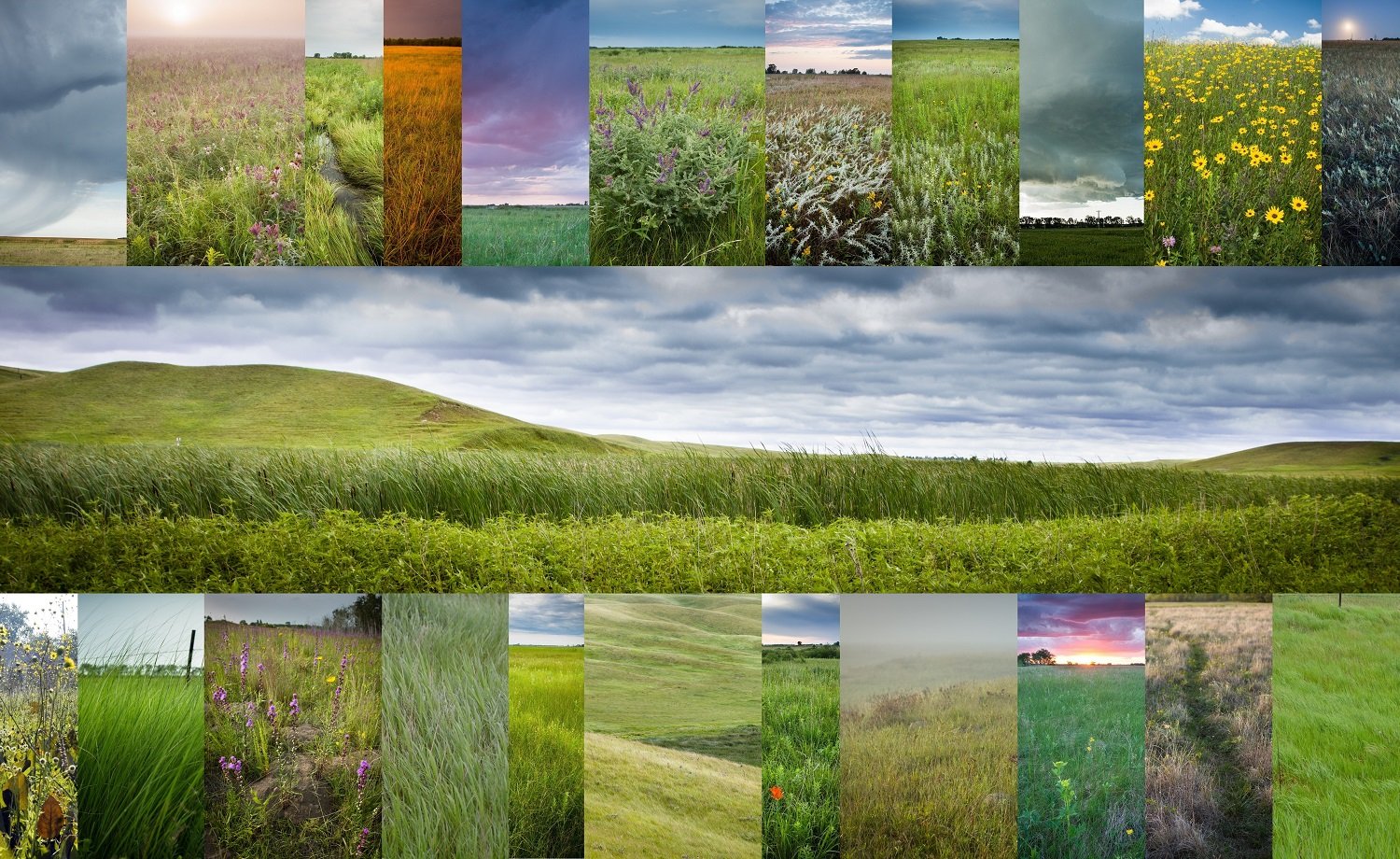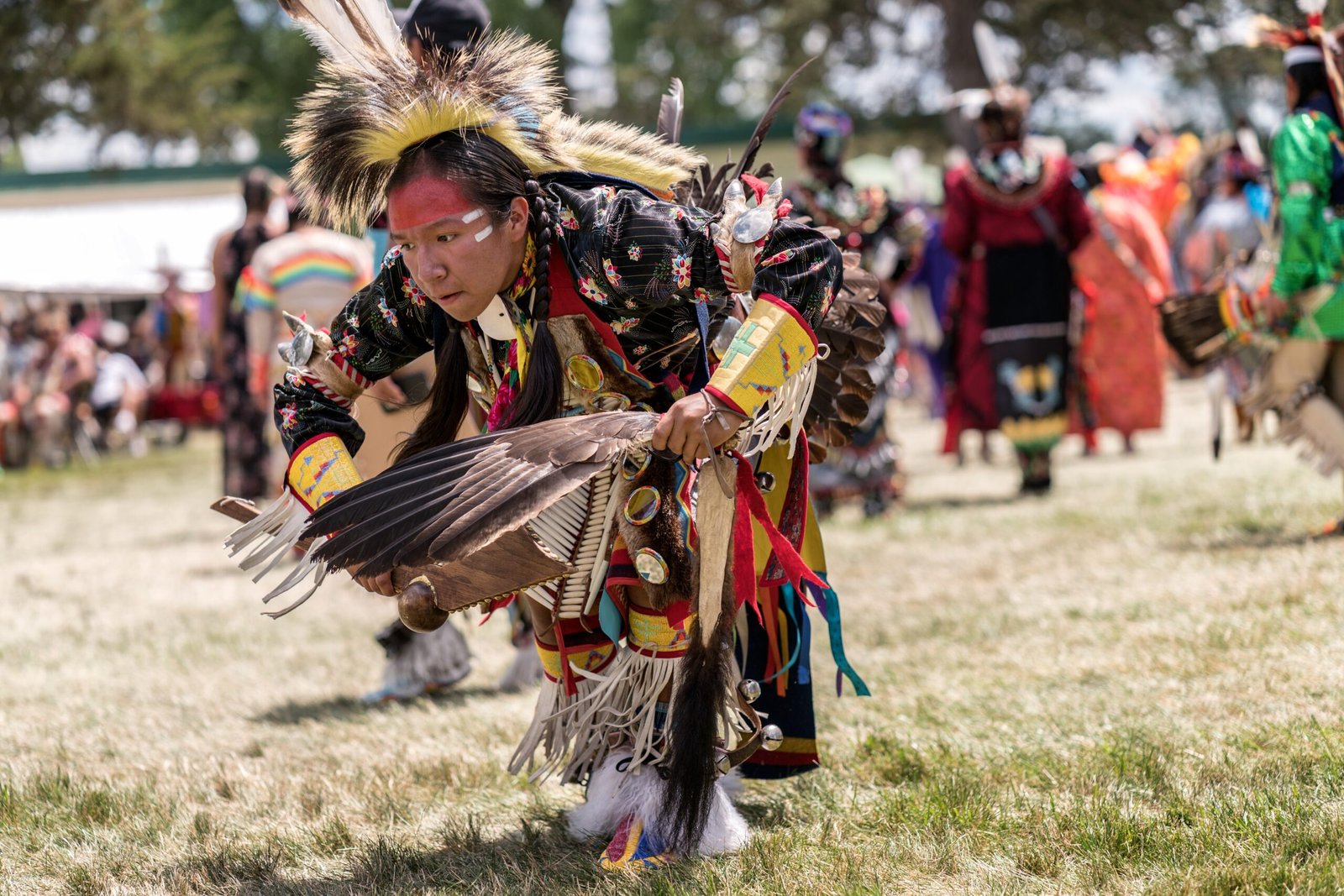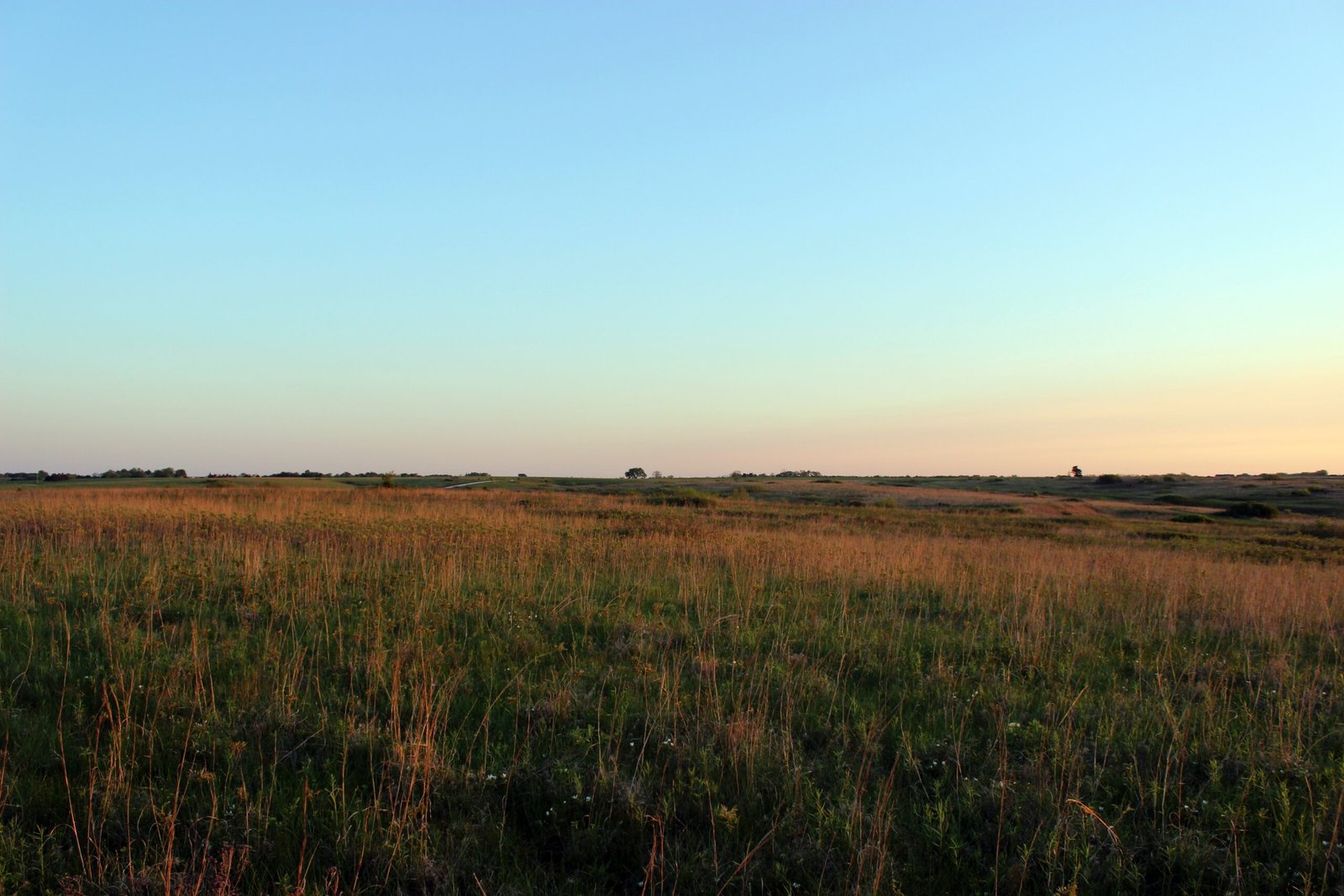Imagine a sea of grass as far as the eye can see, shimmering with the wind, alive with the songs of native birds and the rustle of hidden wildlife. This is not just a vision from centuries past—it’s the breathtaking reality of Kansas’ Tallgrass Prairie National Preserve, a rare vestige of a landscape that once covered much of North America. Today, only a sliver of these tallgrass prairies remains, making this preserve a living testament to the wild heart of America. What does it take to protect the last of these grassland giants, and why do they matter so much? The answers are as inspiring as the prairie itself.
The Last Stand of the Tallgrass Prairie

Once, tallgrass prairies stretched over 170 million acres across the heart of the United States, from Texas up to Canada. Today, less than 4% survives, with the largest unbroken tract protected within the Tallgrass Prairie National Preserve in Kansas. This patch of land is all that remains of a vast ecosystem, making its survival critical. The reason for this drastic loss is simple: most of the prairie was transformed into farmland, its deep, fertile soil prized for growing wheat, corn, and soybeans. The preserve stands as a reminder of what has been lost and what still can be saved. Walking through it, you can almost hear echoes of bison herds and the footsteps of indigenous peoples who once called the prairie home. It’s a living museum, but one that breathes, grows, and changes with the seasons.
Why Tallgrass Prairies Matter

Tallgrass prairies are much more than pretty scenery—they are ecological powerhouses. Their deep roots, which can stretch down ten feet or more, help prevent soil erosion and store vast amounts of carbon, making them crucial allies in the fight against climate change. These grasslands support hundreds of plant species and provide habitats for pollinators like butterflies and bees, as well as birds, reptiles, and mammals. Losing prairies means losing this rich web of life and the natural services they offer. The preserve in Kansas becomes a sanctuary not just for rare species, but for the health of the planet itself. It’s a striking example of how even small patches of nature can have an outsized impact.
A Living Laboratory of Biodiversity

Step into the Tallgrass Prairie National Preserve, and you’re entering a world bustling with life. More than 500 plant species thrive here, from big bluestem and switchgrass to wildflowers like coneflowers and blazing stars. Birdwatchers delight in spotting the greater prairie chicken or hearing the melodic calls of meadowlarks. In spring and summer, monarch butterflies drift among the milkweed, while box turtles and ornate collared lizards bask in the sun. Every inch of this prairie teems with stories of adaptation and survival. Scientists flock to the preserve to study these interactions, learning how species cope with drought, fire, and changing climates. It’s a place where nature reveals its secrets to those willing to look closely.
Restoring Balance Through Fire
Fire might sound destructive, but on the prairie, it’s a force of renewal. For thousands of years, natural fires swept across these grasslands, clearing away dead plants and helping new shoots emerge. The preserve’s managers use controlled burns to mimic this natural cycle, preventing trees and shrubs from taking over and keeping invasive species at bay. These burns unleash a stunning transformation: within weeks, blackened ground erupts with fresh green growth, attracting grazing animals and pollinators. Without fire, the prairie would vanish beneath encroaching woodland. By embracing this ancient tool, the preserve keeps the ecosystem healthy and vibrant, proving that sometimes, destruction is the first step toward new life.
The Return of the American Bison
Few creatures are as iconic as the American bison, once numbering in the tens of millions across the Great Plains. Their near-extinction in the 19th century is a cautionary tale, but at the Tallgrass Prairie National Preserve, their story is one of hope. In 2009, a small herd of bison was reintroduced to roam the prairie, their powerful bodies shaping the landscape as they graze. Bison and prairie grasses evolved together—the animals disturb the soil, spread seeds, and create wallows that collect rainwater. Watching bison thunder across the grassland connects visitors with a wildness that once defined the American frontier. Their return is more than symbolic; it’s a crucial step in restoring the balance of this unique ecosystem.
Guardians of an Ancient Heritage

People have lived on the tallgrass prairie for millennia, and the preserve honors this deep connection. Long before European settlers arrived, indigenous tribes like the Kaw, Osage, and Pawnee depended on the prairie for food, medicine, and shelter. Today, efforts are underway to recognize and incorporate indigenous knowledge into land management practices. This means respecting traditional burns, protecting sacred sites, and telling the stories of those who shaped the land for generations. Visitors can explore historic ranch buildings and hear the voices of those who lived and worked here, connecting the past to the present. This commitment ensures the prairie’s history is remembered, not erased.
Challenges of Conservation and Climate Change

Protecting the tallgrass prairie is not without its challenges. Invasive species like sericea lespedeza threaten to outcompete native plants, while agricultural runoff pollutes streams and rivers. Climate change adds another layer of uncertainty, bringing more frequent droughts, unpredictable weather, and shifting growing seasons. The preserve’s stewards must constantly adapt, testing new strategies and monitoring the health of the ecosystem. Collaboration with scientists, local farmers, and indigenous leaders is essential for finding solutions. Every year, the stakes grow higher, but so does the determination to protect this rare landscape for future generations.
Experiencing the Prairie: A Journey for the Senses
Visiting the Tallgrass Prairie National Preserve is an experience that engages all the senses. In spring, wildflowers paint the hills in bursts of purple, yellow, and orange, and the air buzzes with insects. Summer brings towering grasses that sway in waves, while autumn cloaks the land in gold and rust. Hikers can follow winding trails through rolling hills, listen to the wind whisper through the grass, and spot deer or coyotes in the distance. The vast sky overhead creates a sense of freedom and space rarely felt elsewhere. Whether you’re an avid naturalist or a curious traveler, the prairie offers moments of awe and reflection.
Citizen Science and Public Involvement

The survival of the Tallgrass Prairie National Preserve depends not just on scientists and rangers, but on ordinary people who care. Volunteers help with everything from monitoring wildlife to removing invasive plants and guiding tours. Citizen science projects invite visitors to record bird sightings, collect data on pollinators, or photograph flowering plants. These efforts build a sense of community and deepen personal connections to the land. School groups visit to learn about ecology, and families return year after year to see the changes each season brings. Everyone has a role to play in keeping the prairie alive.
Education and Inspiration for the Next Generation

The preserve is a classroom without walls, inviting young minds to explore, question, and discover. Interpretive programs introduce students to the wonders of prairie life, from learning how grass roots hold the soil together to understanding the importance of fire. By sparking curiosity, the preserve inspires the next generation of scientists, conservationists, and nature lovers. These experiences plant seeds of stewardship, fostering a lifelong appreciation for the natural world. In a rapidly changing world, such education is more vital than ever.
The Future of the Tallgrass Prairie
Today, the Tallgrass Prairie National Preserve stands as a beacon of hope amid a landscape transformed by agriculture and development. Ongoing efforts to restore native plants, protect rare species, and reintroduce bison offer a roadmap for conservation across the globe. The lessons learned here—about resilience, adaptation, and the power of community—extend far beyond Kansas. As the world grapples with environmental challenges, the prairie reminds us of what is possible when people come together to protect the places they love. Will the next century see the tallgrass prairie thrive once more? The answer depends on all of us.




